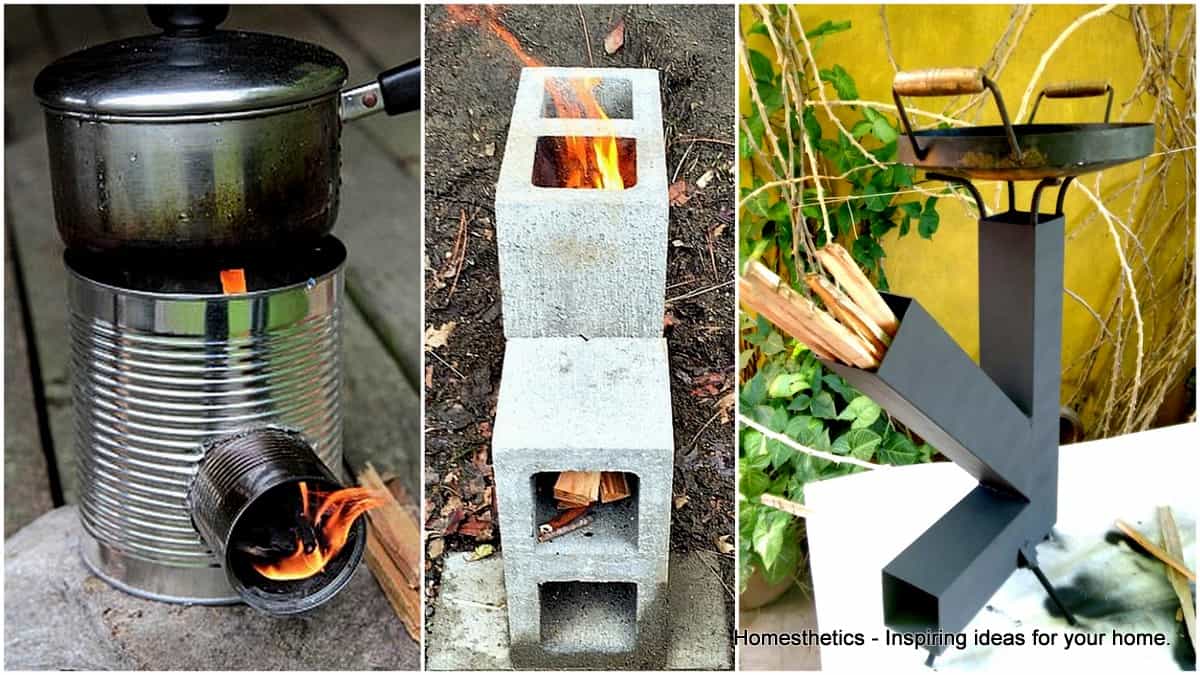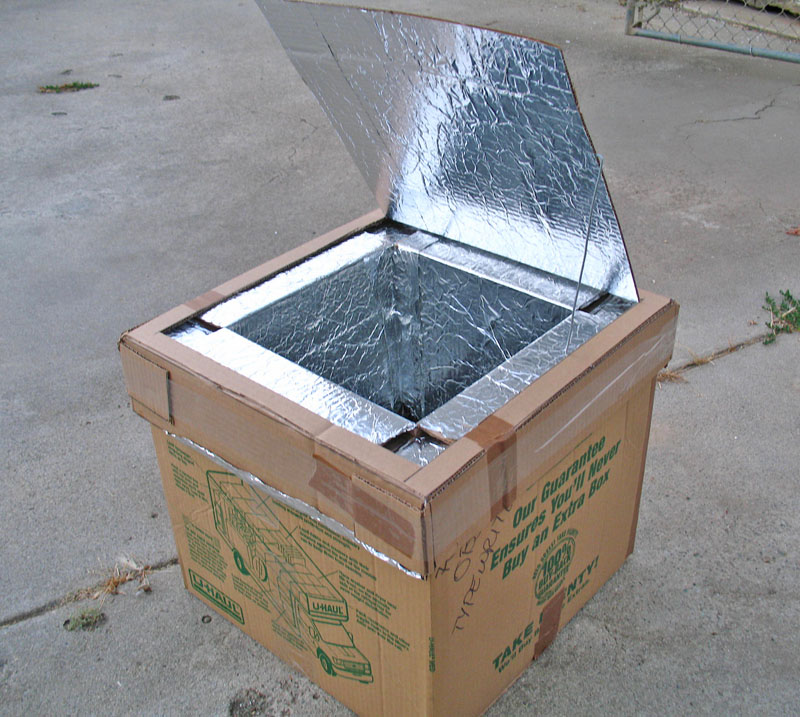
Dear Eartha, I get tired of using my kitchen stove and oven to cook when my home is hot in the summer. Do you have any creative ideas on how to cook outside sustainably? – Mark, Silverthorne
That’s an interesting question, Mark. Most of us up here in the High Country don’t have air conditioning, so our homes can get quite warm in the summer. Of course, you can use a grill if you have one. If not, here are a few options that boost both the eco-friendliness and the fun of summertime cooking.
Cook with Fire
How did our ancestors cook hundreds of years ago, after all? They sure didn’t have electric ranges or propane-fired ovens. The obvious, and perhaps most straightforward, way to cook with fire is over a campfire. If you want a more permanent option, try a rocket stove.

A rocket stove is a homemade device in which you burn brown matter – dry, woody plant material. Instead of in a fireplace, where burned material releases smoke and soot out through the chimney, a rocket stove is a J-shaped device that burns brown matter in the hook of the “J.” Because of their shape, rocket stoves promote more complete combustion, and generate very high heat, making them cleaner and more efficient than traditional wood stoves. They are made out of common materials and can be as small or large as you’d like. For smaller systems think tin cans, bricks, or cinderblocks. For larger operations, you can use metal barrels.
Another option is a pit oven. This is a simple setup where you dig a hole, then build a fire and wait until you have hot coals. At that point, place food on the coals. Make sure the food is covered. Dutch ovens or aluminum foil work great. Then bury the food with the dirt from digging the hole to trap all the heat. When your food is finished cooking (make sure you have a good estimate of cooking time first), simply uncover and serve.
Keep in mind these tips for minimizing the environmental impact of your fire. Always leave no trace (especially when camping). Use only dead and fallen material. Try to break your wood manually or use an ax to cut to eliminate chainsaw emissions. Keep your fire to a reasonable size – do you really need a big bonfire to boil a pot of water? Don’t burn plastic, metals, or treated woods to avoid toxic air pollution. Never leave the fire unattended, and always put out the fire fully before leaving the scene.
Cook with the Sun

Solar ovens are fun and super-sustainable option for sunny-day cooking. You’ll probably be able to scrounge up materials you already have at home to build one. A solar oven is simply an insulated box that you cook in. The box is surrounded by reflective materials that use the sun’s rays to heat it up. You can make a very simple version out of cardboard and aluminum foil, or a very durable one with wood or other materials. Have an old reflective windshield screen for your car? That’s a perfect addition to your solar oven. Most solar ovens average 250 to 350 degrees inside, and some even reach the 400-degree range. This temperature range is plenty hot for cooking most dishes, with the exception of fried foods. Solar ovens make for a fun way to get your kids, or the whole family, involved in cooking a meal together, too.
Summer isn’t over yet! Challenge yourself to try one of these outdoor cooking methods and make a meal without electricity or natural gas. How about solar oven s’mores during your next camping trip or backyard party? You’ll certainly impress your company! Solar ovens are perfectly safe to use, even inside your home (if you have a good sunny location for it, that is) – something to keep in mind once winter comes. And remember, if you do build a campfire, a rocket stove, or a pit oven, check with local authorities about fire restrictions first. Happy cooking!
